Join More Than 50,000+ Subscribers and get latest camera news and rumors
NEW CAMERA VIDEOS ON YOUTUBE
|
By admin, on January 17th, 2014
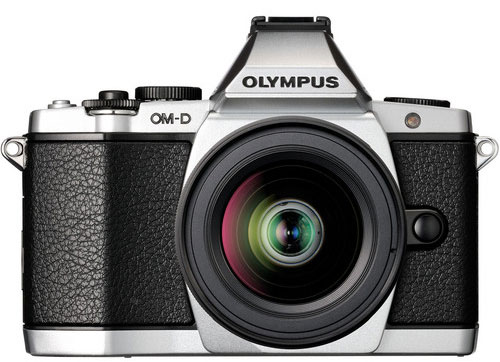 Olympus E-M10 images leaked today, E-M10 will arrive in Black and silver color and the camera is rumored to be announced on last week of January 2014 (possibly on Jan 29) with following lenses, the price is expected to be…. Olympus E-M10 images leaked today, E-M10 will arrive in Black and silver color and the camera is rumored to be announced on last week of January 2014 (possibly on Jan 29) with following lenses, the price is expected to be….
- Estimated retail price of E-M10 is ¥ 80,000 body only.
- Lens kit is around 95,000 yen.
- Double zoom kit is around 110,000 yen.
- Grip (postscript) E-M10 only is provided. Expected price is around 6000 yen.
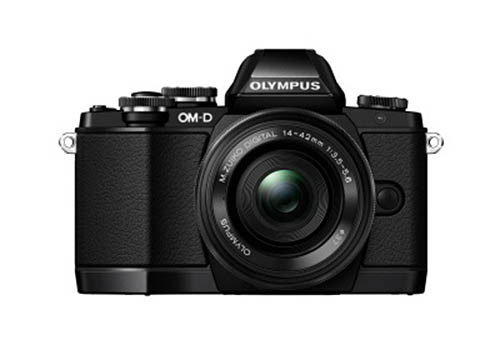 src-digicame-info src-digicame-info
By admin, on January 16th, 2014
Images and Specification of Upcoming Olympus Lenses surfaced over the web, the first lens is 14-42mm F3.5-5.6 EZ M.ZUIKO DIGITAL ED, the second lens is 25 mm F1.8 lens and the third one is a fish eye lens.
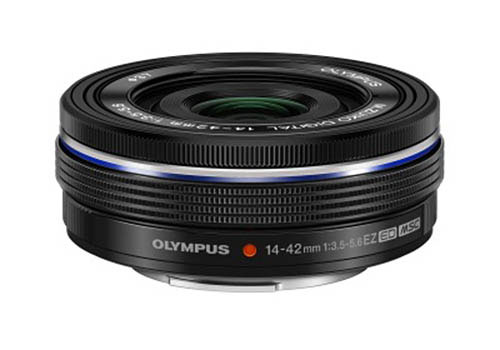
F3.5-5.6 EZ M.ZUIKO DIGITAL ED 14-42mm
37mm filter diameter –
color black and silver –
– ¥ 35,000 before and after the estimated retail price
Automatic opening and closing cap (not included)
– for ED14-42MmF3.5-5.6 EZ
– color black and silver
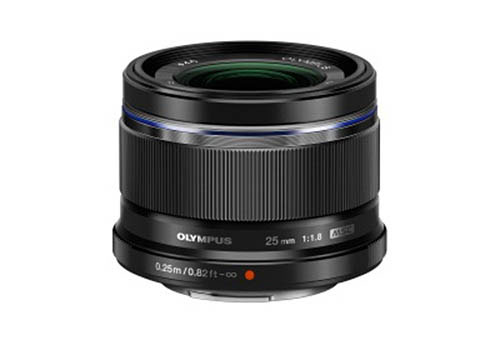
M.ZUIKO DIGITAL 25 mm F1.8
46mm filter diameter –
0.25 M The minimum shooting distance –
color black and silver –
– ¥ 35,000 before and after the estimated retail price
 BCL-0980 BCL-0980
fish-eye lens of 9mm F8.0 –
– Minimum focusing distance is 0.2m
By admin, on December 27th, 2013
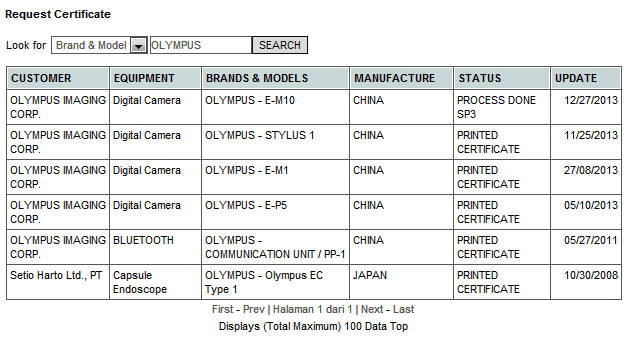
Olympus OMD E-M5 successor coming and its name is Olympus OMD E-M10, OMD E-M10 name gets registered in Indonesia agency, you can see the proof above.
According to latest rumors the E-M10 will have sensor as E-M5 camera but it will feature new image processor.
src-digicame-info
By admin, on December 17th, 2013
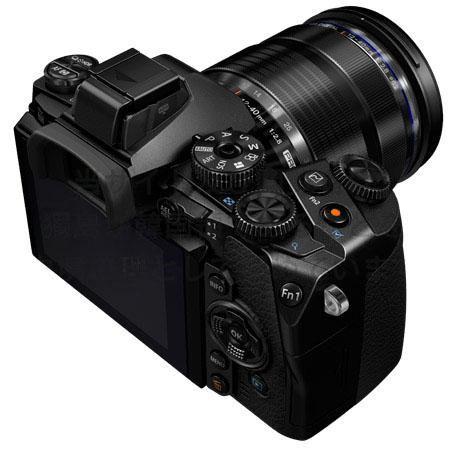
According to latest rumors Entry Level Olympus OMD coming with same E-M1 sensor in January 2013, the E-M5 replacement is expected to arrive on Photokina 2014.
Stay on Facebook with us and get live updates and latest Olympus Rumors
src-43rumors
By admin, on October 29th, 2013

UPDATE – Olympus Stylus 1 Pro Zoom Camera – Price, Press Release, Full Specification and Videos
According to our sources online camera stores now in the mood completing the final work, the announcement is expected tonight, Based on the rumored specification we published yesterday the Olympus STYLUS 1 will come with a 1/1.7 inch BSI CMOS sensor and 28-300mm equivalent Fixed F2.8 aperture zoom lens, and cost you approx $700.
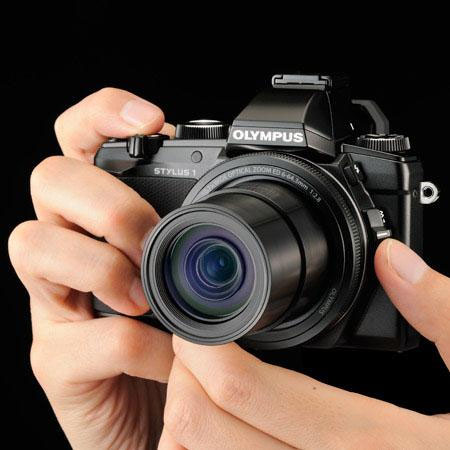 Stay on Facebook and Googleplus with us and get live updates and latest Olympus Rumors Stay on Facebook and Googleplus with us and get live updates and latest Olympus Rumors
By admin, on October 28th, 2013
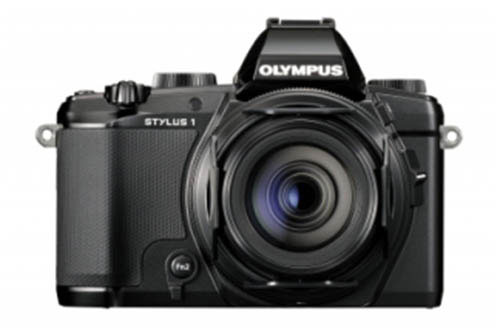 Olympus STYLUS 1 Full Specification Surfaced over the web today, the OMD style compact camera will feature 1/1.7 inch sensor only, take a look at the major specification below, Olympus STYLUS 1 Full Specification Surfaced over the web today, the OMD style compact camera will feature 1/1.7 inch sensor only, take a look at the major specification below,
Olympus STYLUS 1 Leaked Specification
– Sensor size 1/1.7 inch BSI CMOS sensor, 12 Megapixel resolution
– Lens 28-300mm equivalent. F value is 2.8 throughout the entire zoom range
– 12 pieces in 10 groups, lens configuration adopted DSA lens, aspherical lens surface 9
– ZERO coating
– lens Stabilizer
– Automatic retractable lens cap is attached
– ISO 100-12800
– Shutter -1/2000 seconds 60 seconds
– Video 1920 x 1080 30p
– 1.44 million dots, EVF Eye sensor with
– 1.04 million pixels 3 type, movable, touch panel monitor
– It is equipped with a control ring
– Equipped with a Wi-Fi function, can work with smartphone
– 116.2 x 87 x 56.5mm size
– (Battery, media, including cap) 402g Weight
The specification are almost true, Stay with us on Facebook and twitter to get more news and latest Olympus rumors.
src-digicame-info
By admin, on October 20th, 2013
 Olympus STYLUS1 Leaked Image and Specification surfaced over the web today, the camera features OMD like design, 1:1,7 inch sensor and a 24-300mm zoom lens. The rumored price Mini OMD is $700, expected to be announced at 29 Oct 2013. Olympus STYLUS1 Leaked Image and Specification surfaced over the web today, the camera features OMD like design, 1:1,7 inch sensor and a 24-300mm zoom lens. The rumored price Mini OMD is $700, expected to be announced at 29 Oct 2013.
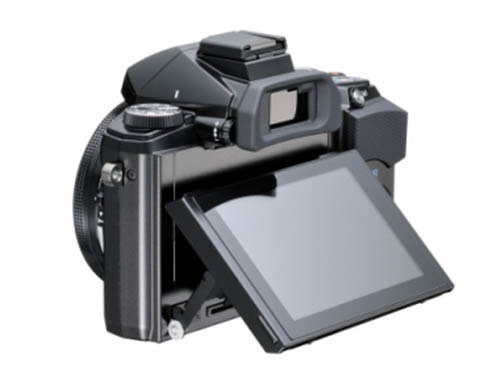
src- Digicame
|
KEEP THIS BLOG ALIVE - Support New Camera Buy Canon Lenses, Buy Music CD or Digital Camera at amazon it helps this site, and you do not pay anything extra, it is just a way to help support this site.

|
 Olympus E-M10 images leaked today, E-M10 will arrive in Black and silver color and the camera is rumored to be announced on last week of January 2014 (possibly on Jan 29) with following lenses, the price is expected to be….
Olympus E-M10 images leaked today, E-M10 will arrive in Black and silver color and the camera is rumored to be announced on last week of January 2014 (possibly on Jan 29) with following lenses, the price is expected to be…. src-digicame-info
src-digicame-info













